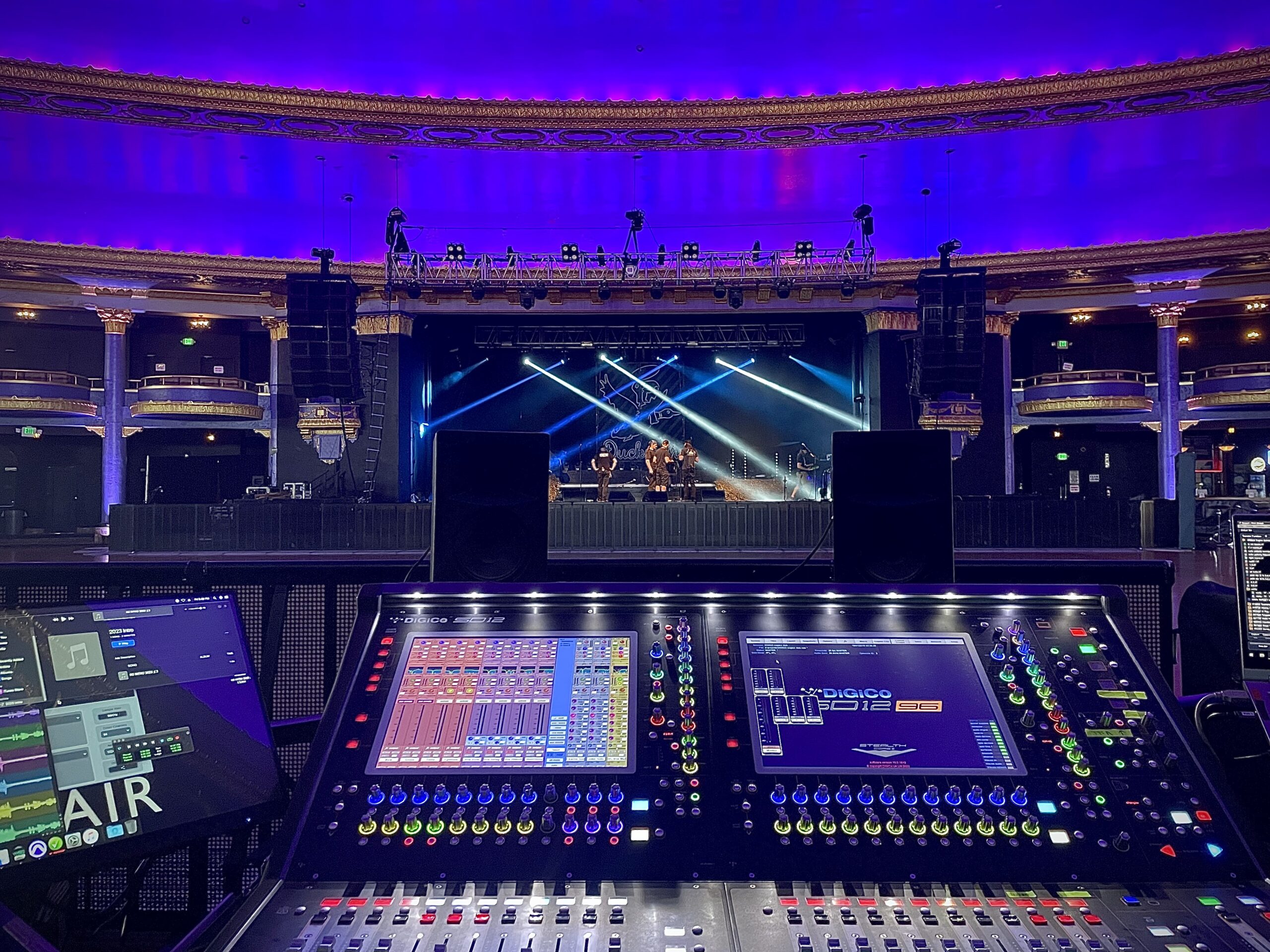With each tour I’ve been a part of, a few checklist items help me be successful at FOH regardless of the size of the show.
A friend last year asked what it was like mixing such a vast mixture of venues, and how I maintained consistency while still searching for the last 1%. For context, we were jumping between Soldier’s Field, The Eagles Room, and outdoor venues. It was tough to paint the same sonic image every day, so I had to quickly employ a variety of organizational techniques and become pretty analytical of many elements to achieve that goal.
That experience has come in handy since, giving me tools to tackle both acoustically challenging venues and shows where every variable in my control hasn’t been consistent.
This spring I’ve been mixing on consoles of the day in small clubs, which offers a new set of challenges. Oftentimes I’m battling heavy stage volume, and dealing with consoles of the day and PA of the day makes it challenging to create the same auditory experience for the audience.
This is a glance at how I tackle the change in environments, first from a procedural and organizational perspective.
Spend time with show files
When using the venue’s house console, I familiarize myself before show day with YouTube, manuals, and other resources. Offline editors are also helpful for building a baseline so I can maximize time making noise.
On this tour, I’ve been lucky enough to use the same console two or three times. In these cases, I make sure I reset the output EQs and matrices so I can start fresh for the space.
If you’re touring on a dedicated show file, don’t be afraid to make adjustments as you progress. For the tour I was a part of last year, I had a stadium show file, my baseline show file, and something else to provide a starting point for clubs and weird venues. I also occasionally altered master bus processing depending on the line array being used, to maintain an expected depth of field among instrumentation and vocal clarity. This of course took time to organize, and I had notes to keep myself accountable. Also, changes between files were never big but were just enough to make sure I could deliver the same sonic experience.
Lastly, proper file organization goes a long way. Label your files with date, location, and other pertinent info so you have the most up-to-date changes available to you. I usually have a “start” and “end” to refer to.
My show files also generally follow a template I’ve created for myself. I have specific ways I prefer to use groups, VCAs, FX, and parallel busses that let me quickly set up an impactful and transparent mix.
Making noise
Listen to your PA as much as possible. Walk around the room and get a feel for what’s happening outside of FOH. Play your reference tracks, play a variety of them if you have time. Use Smaart and then your ears to tune the system to your target curve and adjust for tonality. Ask the local tech or SE for their input on the system and room, but also listen to the behavior of the equipment and the acoustics for yourself.
Another favorite, resources permitting, is to use multi tracks for virtual soundcheck if possible. If this is not a viable option, spending ample time with each input during line check can also go a long way.
These starting points are like a compass for tackling a myriad of situations at FOH. They let me stay flexible and also quickly build a mix or give me time to ensure my mix sounds the way I intend.
